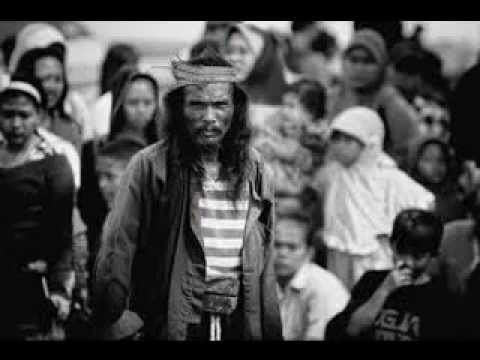Serangan Fajar
4 /10 1 Votes
Duration Language Indonesian | Country Indonesia | |||||||||||||||||||||||||||||||||
 | ||||||||||||||||||||||||||||||||||
Release date 1982 (1982) (Indonesia) | ||||||||||||||||||||||||||||||||||
Sickles serangan fajar
Serangan Fajar (released internationally as Attack at Dawn) is a 1982 Indonesian war film directed by Arifin C. Noer and produced by G. Dwipayana. Telling the lives of several persons during the Indonesian National Revolution, the film used wayang imagery to show heroism. The critically acclaimed film has been read as emphasising then-President Suharto's role in the revolution, especially the General Offensive of 1 March.
Contents

Dawn attack serangan fajar
Plot
After the Japanese occupation, the Indonesian people begun fighting for independence, culminating with the 1 March 1949 general attack on the Dutch-held capital at Yogyakarta, led by Suharto. Amidst this backdrop two families face their own, personal issues. Temon has lost his father and lives with his grandmother. Meanwhile, the nobleman Romo is fighting for the nascent republic, while his wife is concerned about their daughter's relationship with a commoner.
Production
Serangan Fajar was directed by Arifin C. Noer and produced by Brigadier General G. Dwipayana of the state-run, Jakarta-based production house PPFN. Arifin wrote the script on his own and during production M Soleh Ruslani handled cinematography. The completed film was edited by Supandi, while Noer's brother Embie provided music. Antonius Yacobus starred as Suharto, Dani Marsuni as Temon, and Amoroso Katamsi as Romo. Other cast members included Noer's wife Jajang, Charlie Sahetapy, and Suparmi.
Serangan Fajar used traditional wayang imagery. Scholar of Indonesia Donald K. Emmerson suggests that this was to legitimise then-president Suharto and emphasise the story's heroism.
Release and reception
Serangan Fajar was released in 1982. Before release its length was trimmed to 120 minutes. Reviewing in 1991, the American visual anthropologist Karl G. Heider wrote that the film was a "mild hagiography" which redefined Suharto's role in the revolution, especially the General Attack of 1 March 1949. He compared it to the way the 1963 Hollywood film PT 109 portrayed then-President John F. Kennedy and redefined his role in the sinking.
In September 1998, four months after the fall of Suharto, Information Minister Yunus Yosfiah stated that the film was an attempt to manipulate history and create a cult with Suharto in the centre. Two other films, Janur Kuning (Yellow Coconut Leaves; 1980) and Pengkhianatan G30S/PKI (Treachery of G30S/PKI; 1984), were also affected by the decree. Janur Kuning portrayed Suharto as the hero behind the 1 March General Assault, while Pengkhianatan G30S/PKI emphasised the former president's role in stopping and destroying the 30 September Movement coup in 1965.
A 35 mm copy is stored at Sinematek Indonesia.
Awards
Serangan Fajar was nominated for nine Citra Awards at the 1982 Indonesian Film Festival, winning six. It received a special award for Best Child Actor at the same ceremony.
